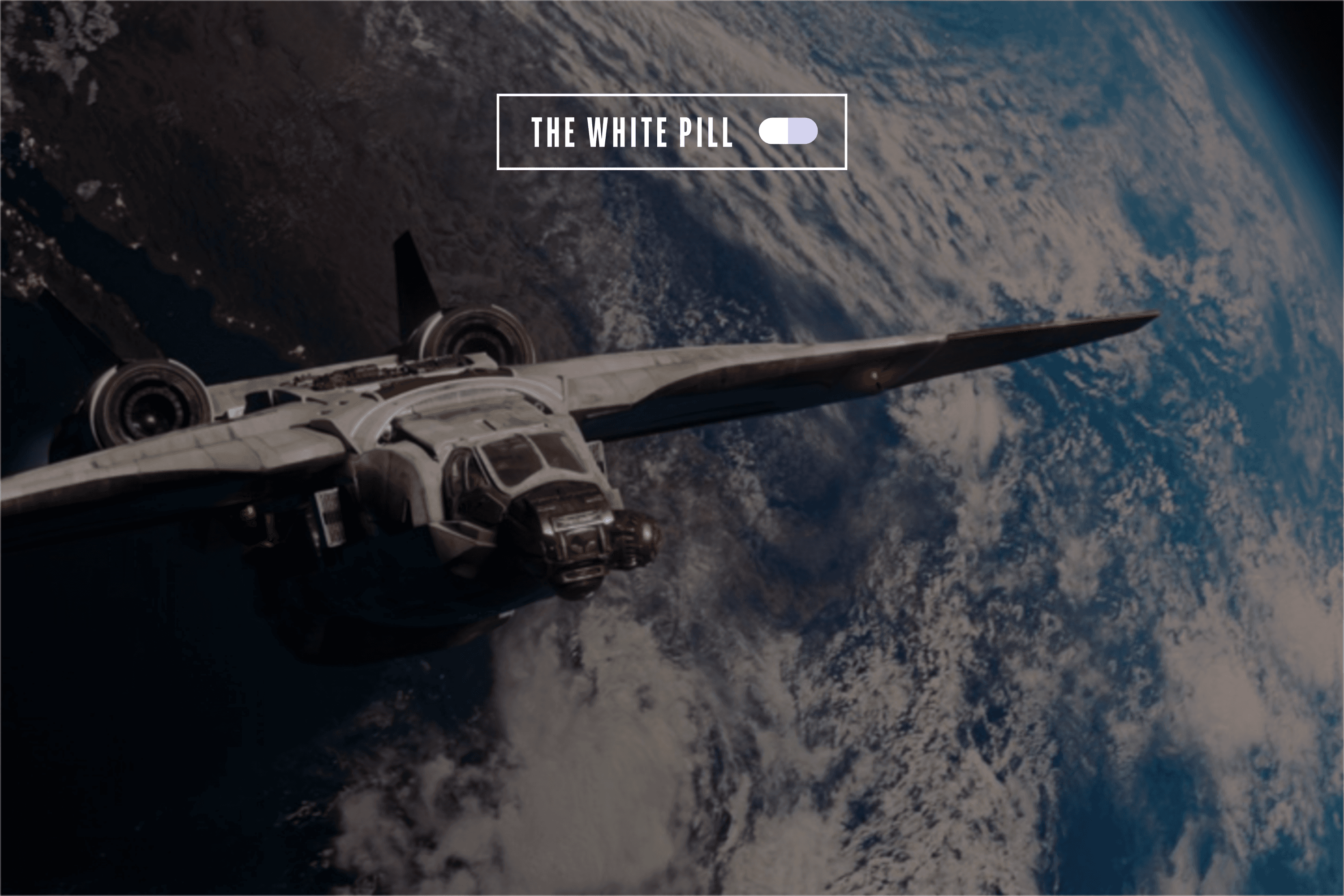
Breaking the Outer Space Treaty and Ascending to the StarsDec 6
a 1967 treaty bans ownership and resource extraction in outer space, preventing colonization and development. we must end it to secure humanity's survival.
Sep 9, 2023

Good morning reader, welcome to the 22nd issue of the White Pill. It’s a space-heavy edition this weekend, with news coming out of the Mars Society and NASA’s DART team, among other items. A lot of interesting funding activity in this week’s White Pill Investment Index, then in our engineering and computing section, items on gold nanodots, GPS that works underground, lasers, and more. In our section on medicine we have yet another thing semaglutide (Ozempic) seems to be able to do, as well as a few more pieces of news. And finally, as always, fun stuff at the end.
Oh, please don’t forget — the White Pill has a X/Twitter account now, follow it for snackable science, energy, engineering, and space in your feed, and RT if you are so inclined.
Have a great weekend.